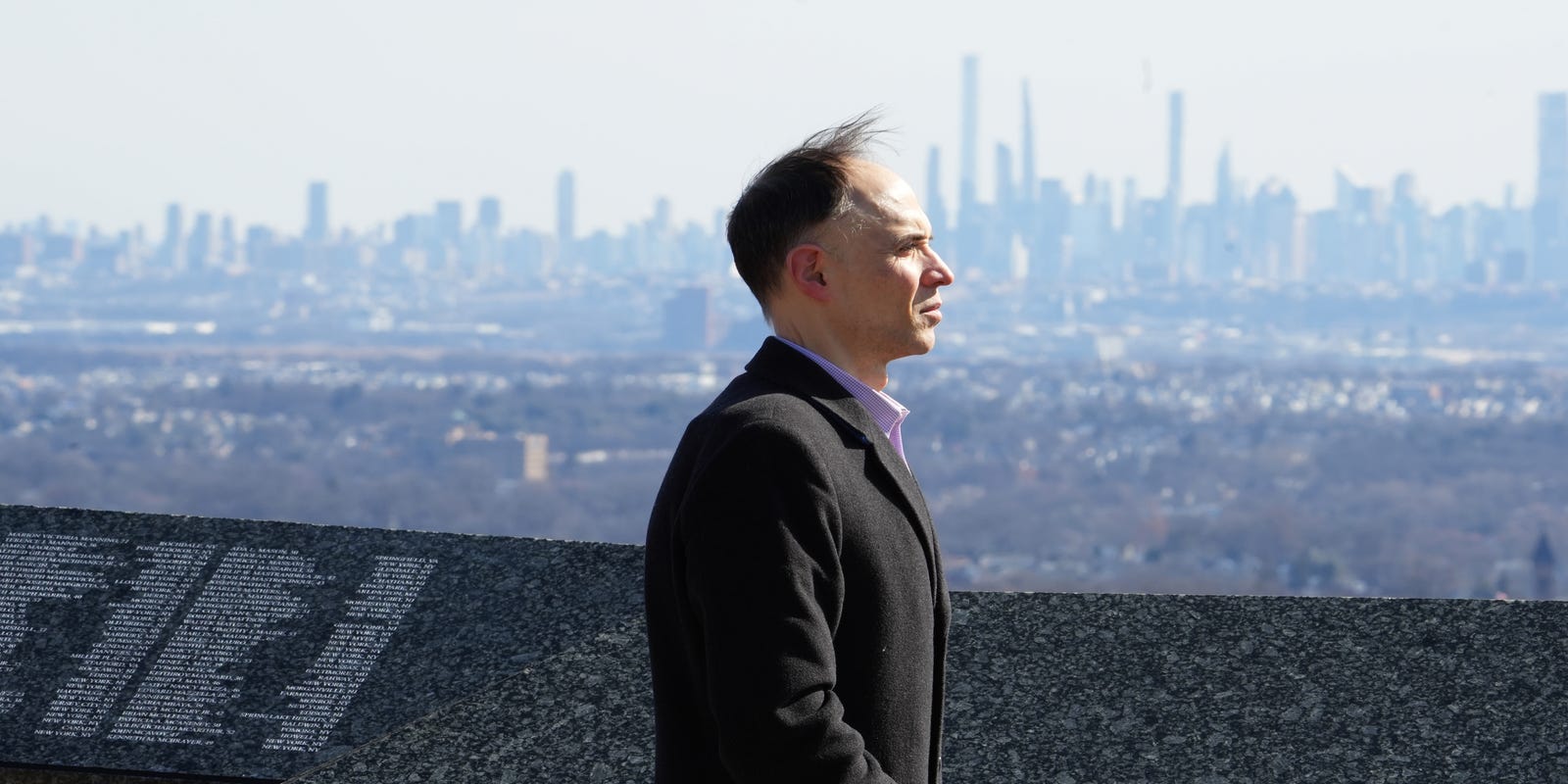Whistleblower Warns: 9/11 Health Program Cuts Threaten Survivors' Lifeline

Anthony Gardner's connection to the World Trade Center Health Program runs far deeper than a professional commitment—it's a deeply personal mission born from profound loss. On that fateful September morning of 2001, his brother became one of the countless victims who perished in the north tower during the 9/11 terrorist attacks.
When Gardner was ultimately removed from his position at the program, the dismissal was more than just a professional setback. It represented a poignant chapter in his ongoing journey to honor his brother's memory and support those who suffered in the aftermath of that tragic day.
His dedication to the program was not merely a job, but a heartfelt tribute to his brother and all those who were impacted by the devastating events of 9/11. Through his work, Gardner sought to ensure that survivors and first responders received the critical medical support and recognition they deserved.
Though his tenure ended, his commitment to the cause remained unwavering—a testament to the enduring love for his brother and the resilience of those who continue to fight for the health and dignity of 9/11 survivors.

